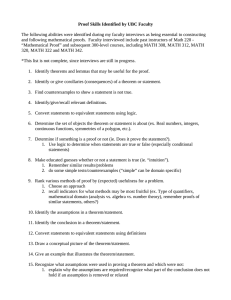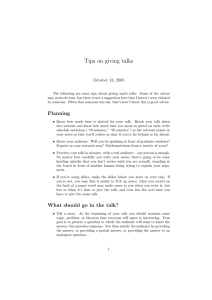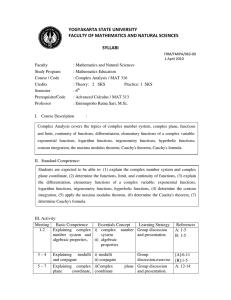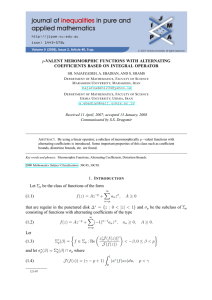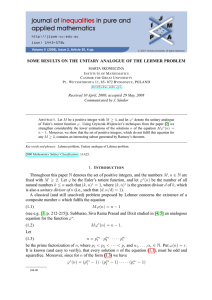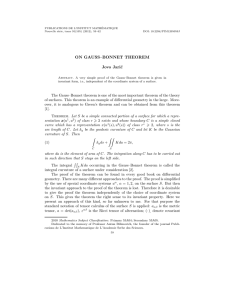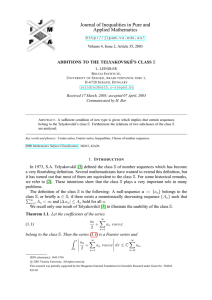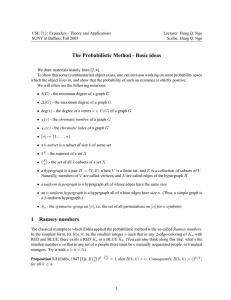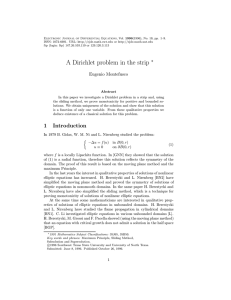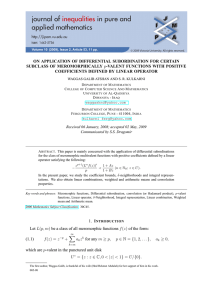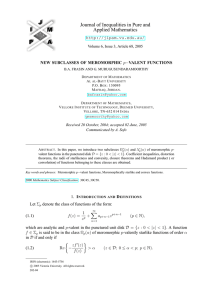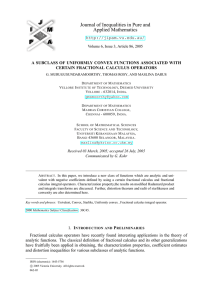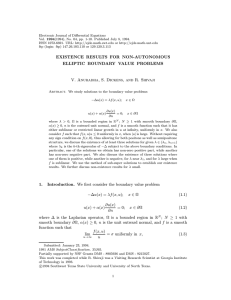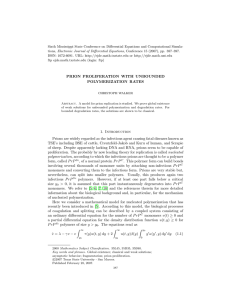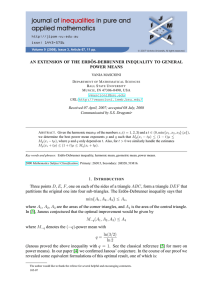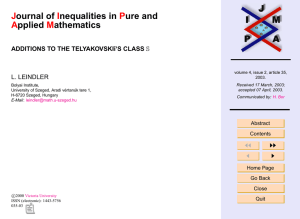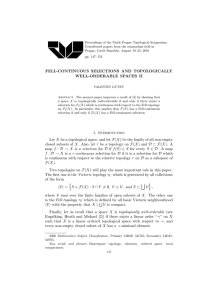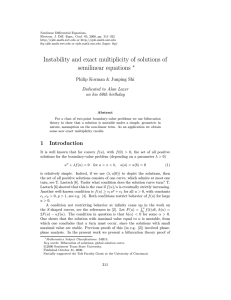HOW TO PREPARE A PRESENTATION?
advertisement
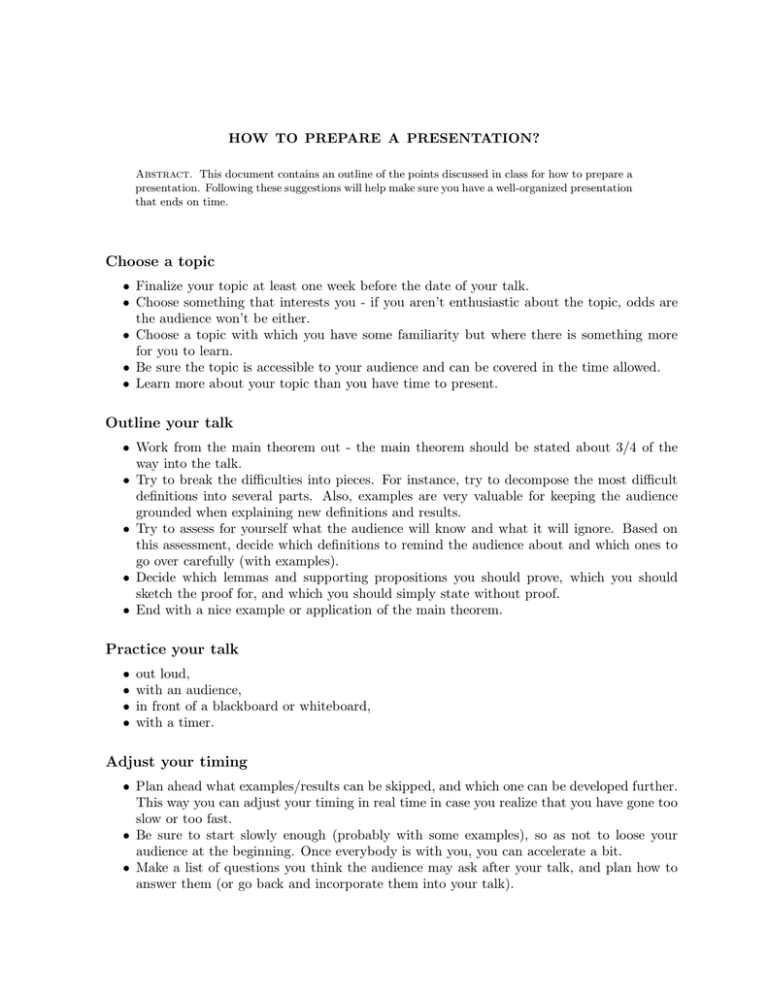
HOW TO PREPARE A PRESENTATION? Abstract. This document contains an outline of the points discussed in class for how to prepare a presentation. Following these suggestions will help make sure you have a well-organized presentation that ends on time. Choose a topic • Finalize your topic at least one week before the date of your talk. • Choose something that interests you - if you aren’t enthusiastic about the topic, odds are the audience won’t be either. • Choose a topic with which you have some familiarity but where there is something more for you to learn. • Be sure the topic is accessible to your audience and can be covered in the time allowed. • Learn more about your topic than you have time to present. Outline your talk • Work from the main theorem out - the main theorem should be stated about 3/4 of the way into the talk. • Try to break the difficulties into pieces. For instance, try to decompose the most difficult definitions into several parts. Also, examples are very valuable for keeping the audience grounded when explaining new definitions and results. • Try to assess for yourself what the audience will know and what it will ignore. Based on this assessment, decide which definitions to remind the audience about and which ones to go over carefully (with examples). • Decide which lemmas and supporting propositions you should prove, which you should sketch the proof for, and which you should simply state without proof. • End with a nice example or application of the main theorem. Practice your talk • • • • out loud, with an audience, in front of a blackboard or whiteboard, with a timer. Adjust your timing • Plan ahead what examples/results can be skipped, and which one can be developed further. This way you can adjust your timing in real time in case you realize that you have gone too slow or too fast. • Be sure to start slowly enough (probably with some examples), so as not to loose your audience at the beginning. Once everybody is with you, you can accelerate a bit. • Make a list of questions you think the audience may ask after your talk, and plan how to answer them (or go back and incorporate them into your talk). During your presentation • Board. Write large enough for people in the back, and draw large pictures. Usually, it is best to split the board in two halves (except if you have a very large writing). Make the structure of your presentation apparent on the board (for instance, write the keywords “Definition”, “Theorem”, “Example”, write the name of the main concpets etc.). Do not erase things you have just written: go to the next board instead. • Body. Always look at the audience when speaking. Try to stay static when explaining the most important concepts (this will give you a better voice, and help the audience focus on what you are saying). • Speech. Try to talk loud enough for the persons in the back. Try to convey an enthusiastic spirit. Do not pronounce complicated mathematical formulas. • Interaction. Be sure to ask the audience if they have questions (and wait at least 3 seconds for the reaction). Ask questions to the audience: that’s a good way to get feedback.




